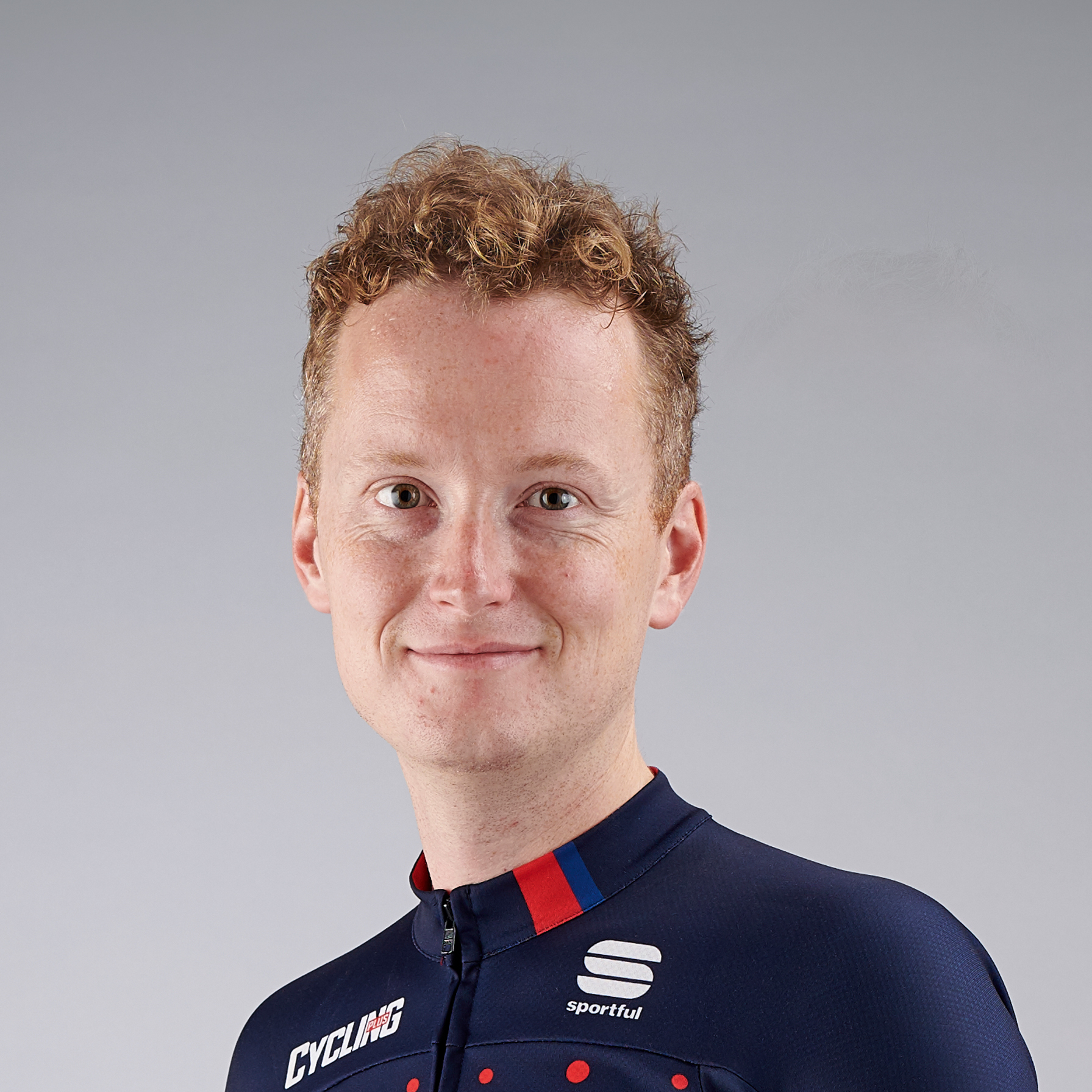Redemption. It's the final word David Millar writes in his gripping, revealing autobiography Racing Through the Dark, and it's giving nothing away for us to say so. For this is a tale of one man pulling himself back from the precipice, and finding eventual peace and salvation in a sport that had steered him into the dark side of performance enhancing drug use.
Millar's story is well known. The golden boy of British road cycling, "caught with his hand in the cookie jar" as Lance Armstrong memorably put it, had his Biarritz home raided by French police, was thrown into a cell and ultimately banned from the sport. He lost his home, his job and his reputation but unlike countless others in his situation, he never hid from his wrongdoings or denied his guilt, and ever since his comeback has been a walking, talking beacon for clean sport.
What's perhaps less well known is the inside scoop on doping in the '90s and early '00s. The "code of silence" – the Omerta – meant rampant drug use was unspoken and unacknowledged, and it's insightful to read Millar's insider's account from his days on the French Cofidis team. Opening with his arrest in France, the book chronicles his teenage years growing up in Hong Kong, his exceptional natural talent for bike racing and his arrival as a neo-pro with Cofidis in 1997.
It didn't take long for the young Millar's innocence to be compromised by the murky world of professional cycling. His enthusiasm for competing against, and often beating, a peloton that he suspected of swindling him was eventually ground down and a disillusionment, combined with apparent pressure from his team hierarchy, led him to Tuscany and his first experiences of EPO use.
Racing Through the Dark reads as half memoir, half confessional and its production undoubtedly acted as a catharsis for Millar. By his own admission, he didn't much enjoy cycling in the years leading up to his arrest, seeing it as as something that paid the bills rather than his chosen sport or passion, which makes it all the more refreshing to see him fall back in love with the bike during his exile. His return, first with a gritted-teeth stint at Saunier Duval, then through his shared development of the ground-breaking Slipstream project with Jonathan Vaughters, makes for an ultimately uplifting story.
Buy now from the BikeRadar book store

